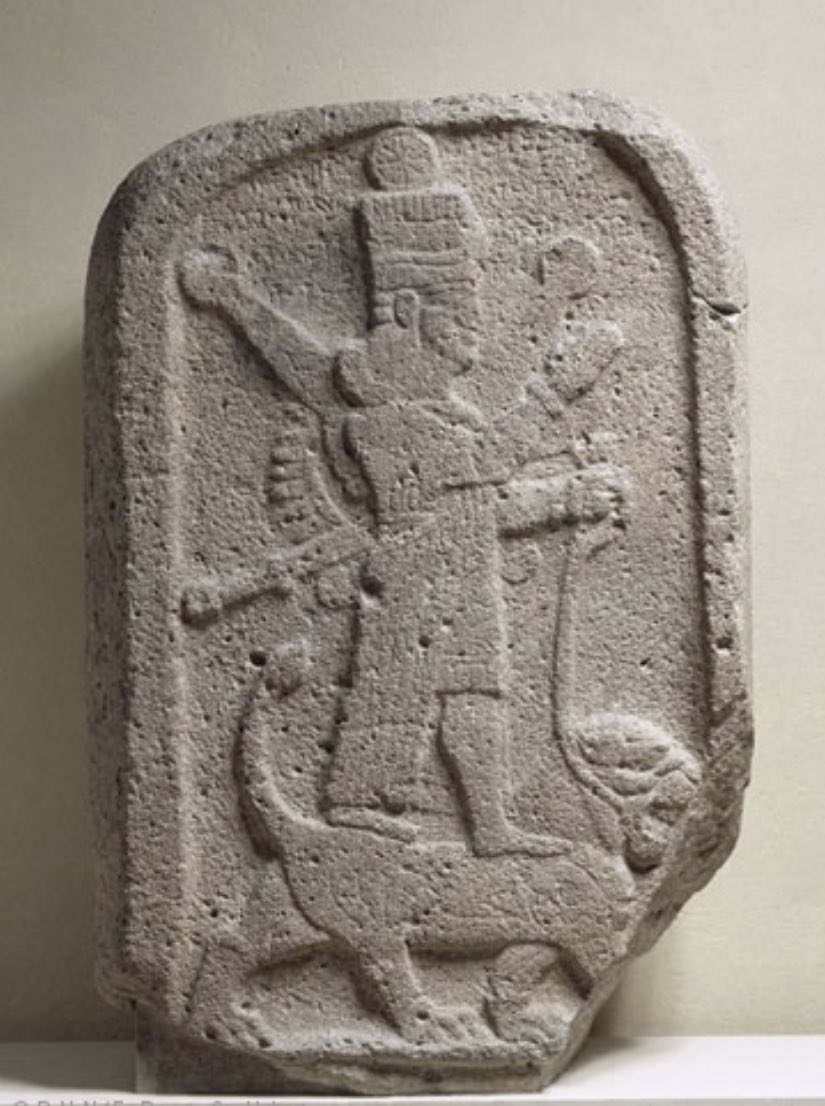
Assyriologist at Wolfson College (Oxford), writer plagued by self-doubt, lover of dead languages. I think we should all be doing what we can to save the planet.
How to get URL link on X (Twitter) App


 “The rumour of an insurrection that was reported to Ashurbanipal…is it decreed and confirmed? Will it happen? Is it true? Will they catch me? Will I die? Will they capture me in the course of it?”
“The rumour of an insurrection that was reported to Ashurbanipal…is it decreed and confirmed? Will it happen? Is it true? Will they catch me? Will I die? Will they capture me in the course of it?”

 Even a cataclysmic flood begins with a calm-before-the-storm.
Even a cataclysmic flood begins with a calm-before-the-storm.

 Bricks in ancient Mesopotamia were sometimes stamped with cuneiform signs using an ancient precursor to a printing press.
Bricks in ancient Mesopotamia were sometimes stamped with cuneiform signs using an ancient precursor to a printing press.




 The top part of this tablet is an inscription in the Sumerian language, dead for centuries by the time Balāṭa the junior scribe made this copy of it.
The top part of this tablet is an inscription in the Sumerian language, dead for centuries by the time Balāṭa the junior scribe made this copy of it.

 “You burn a good, smokeless fire. You remove the (glass) as soon as it (begins to) turn white. You cool it off and grind it down.” Several stages in the production of glass, as described in a broken clay tablet from the Library of Ashurbanipal.
“You burn a good, smokeless fire. You remove the (glass) as soon as it (begins to) turn white. You cool it off and grind it down.” Several stages in the production of glass, as described in a broken clay tablet from the Library of Ashurbanipal. 


 A receipt for "high quality dates...for his sacrifice" names a healer or physician named Rabâ-sha-Marduk.
A receipt for "high quality dates...for his sacrifice" names a healer or physician named Rabâ-sha-Marduk.


 Astronomers in ancient Assyria were sometimes exempt from performing the “ilku”, or tax in the form of labour, and that wasn’t always a good thing.
Astronomers in ancient Assyria were sometimes exempt from performing the “ilku”, or tax in the form of labour, and that wasn’t always a good thing.

 Beneath a long ramp or platform in the healing goddess’ temple precinct in ancient Isin, 33 dogs were laid to rest.
Beneath a long ramp or platform in the healing goddess’ temple precinct in ancient Isin, 33 dogs were laid to rest.
 Although details of her early life are murky, she may have been adopted only to eventually be sold by her adoptive mother, Hammaya, into marriage.
Although details of her early life are murky, she may have been adopted only to eventually be sold by her adoptive mother, Hammaya, into marriage.


 there are a few places to look for early evidence of the wheel (or anything really), like…
there are a few places to look for early evidence of the wheel (or anything really), like…




 The monument that records Hammurabi's Laws is not the earliest collection of legal provisions.
The monument that records Hammurabi's Laws is not the earliest collection of legal provisions.
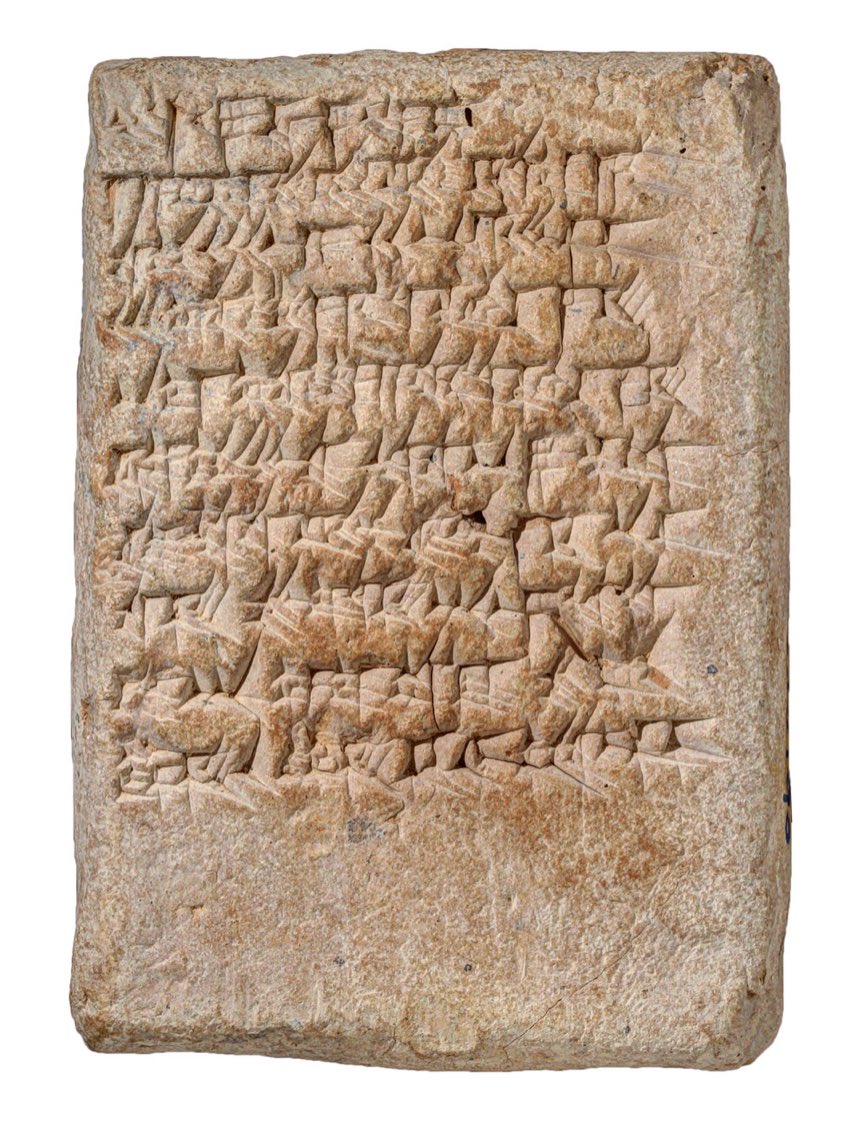

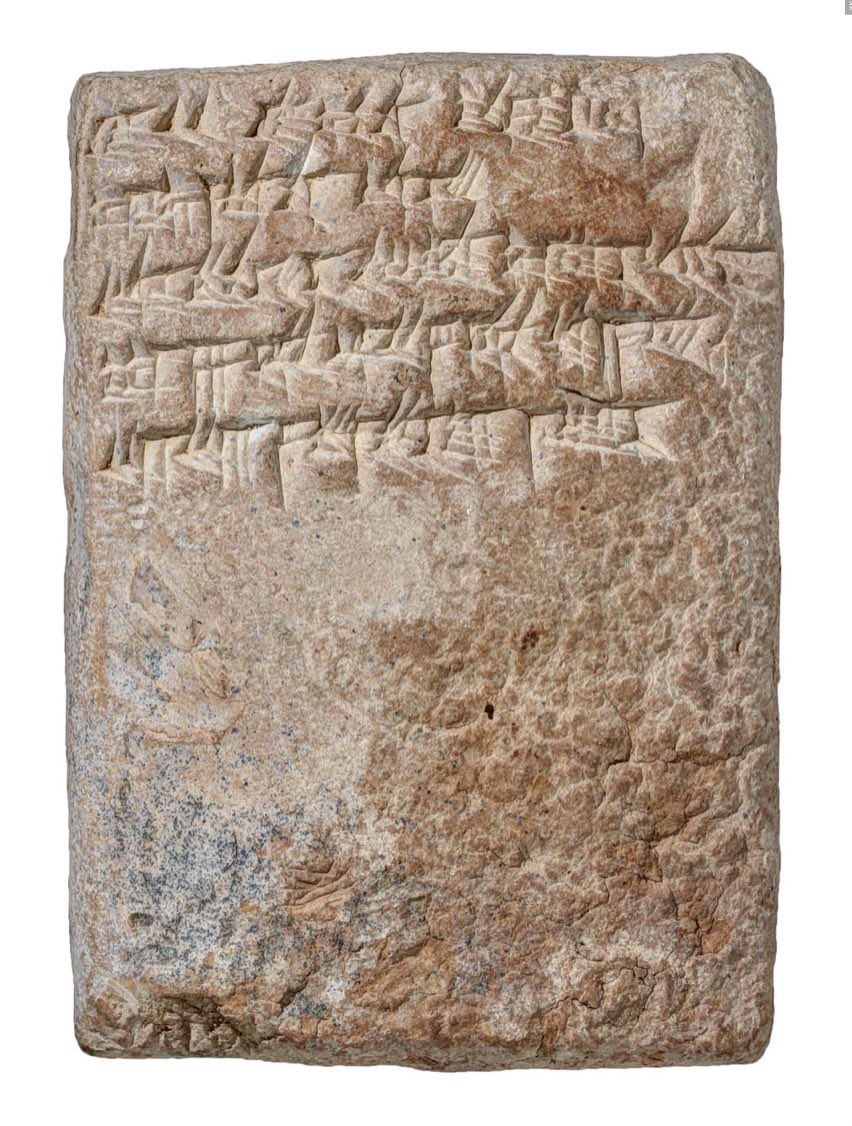 “The moon was in 12° Aquarius. His days will be long.”
“The moon was in 12° Aquarius. His days will be long.”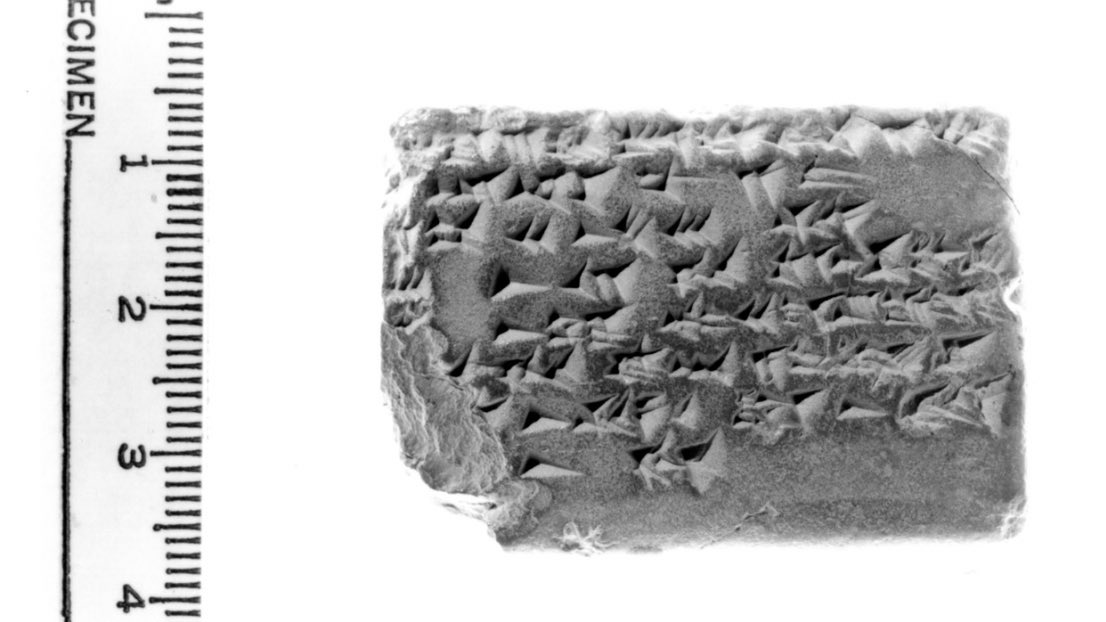

 Possibly a Babylonian approximation of pi reflected in this drawing of a circle with inscribed numbers.
Possibly a Babylonian approximation of pi reflected in this drawing of a circle with inscribed numbers.
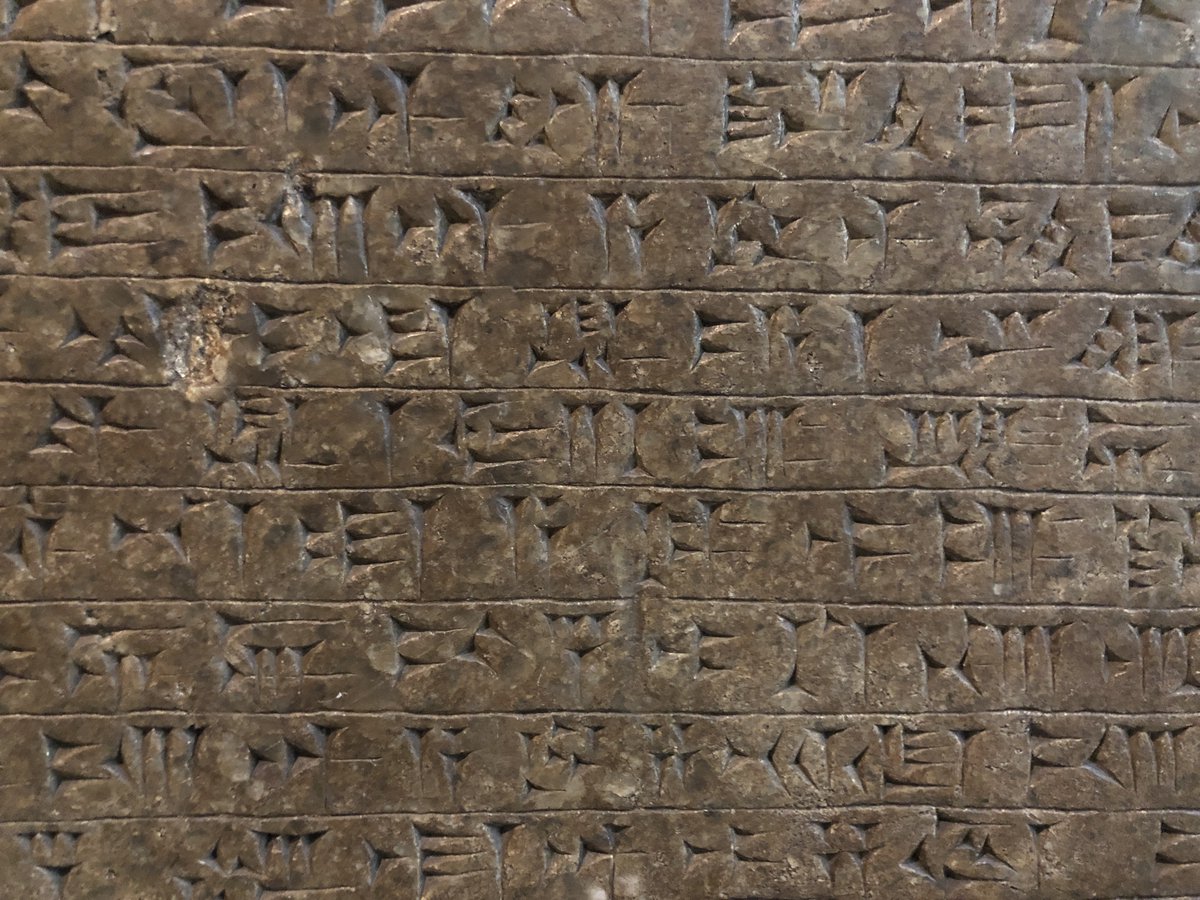
 First of all, what even is cuneiform?
First of all, what even is cuneiform? 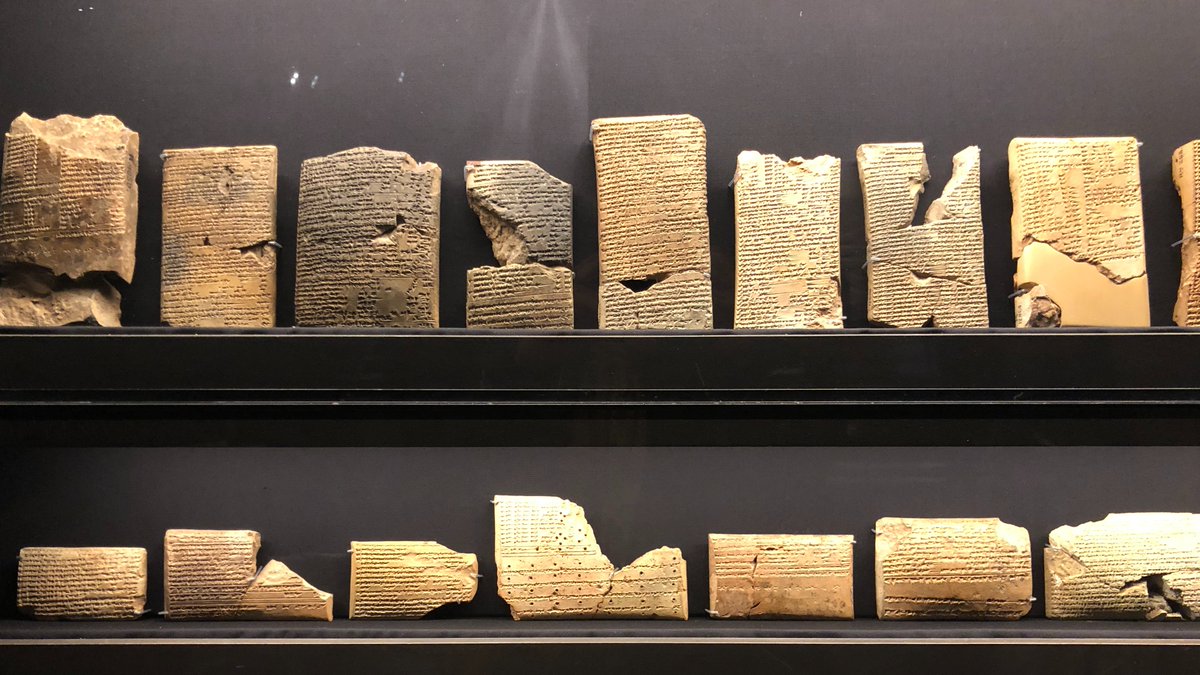

 A handful of clay tablets from Uruk, Babylon, and Borsippa in the middle of the first millennium BCE record contracts for doing laundry.
A handful of clay tablets from Uruk, Babylon, and Borsippa in the middle of the first millennium BCE record contracts for doing laundry.

 Nature was a clay tablet to the diviner in ancient Mesopotamia. The gods inscribed signs in astronomical phenomena, animal behaviour, plant life, oil, smoke, human physiology, dreams, and animal exta to be read by diviners.
Nature was a clay tablet to the diviner in ancient Mesopotamia. The gods inscribed signs in astronomical phenomena, animal behaviour, plant life, oil, smoke, human physiology, dreams, and animal exta to be read by diviners.
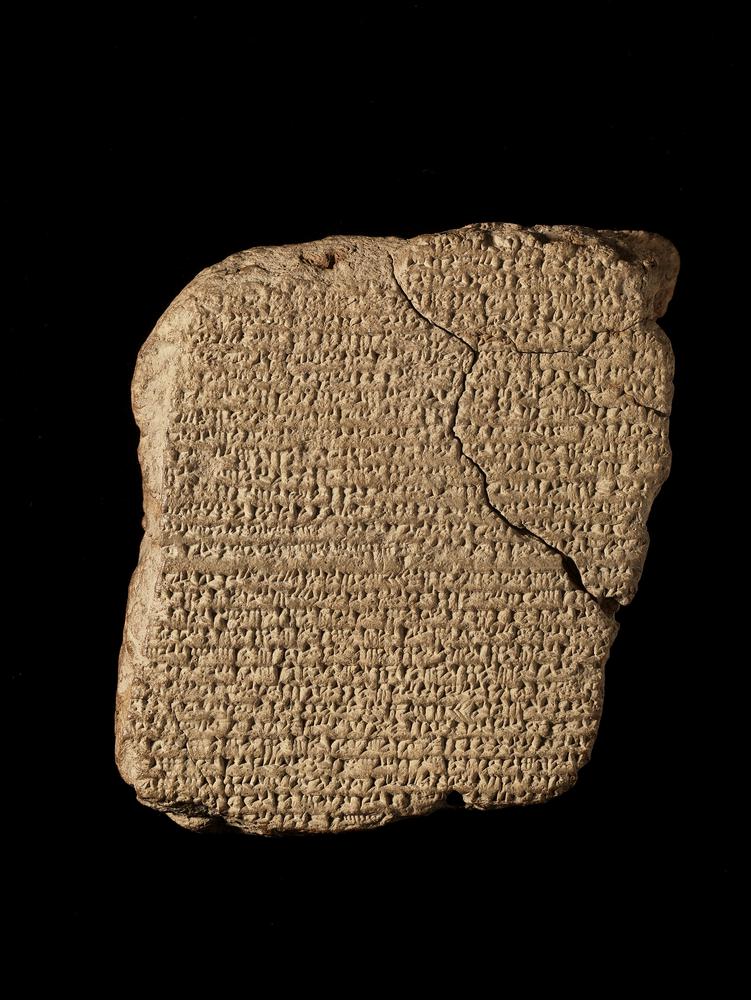

 The Akkadian word for comet is ṣallammû, or ṣallummû. It appears in cuneiform texts from ancient Babylonia that record centuries of observed astronomical phenomena.
The Akkadian word for comet is ṣallammû, or ṣallummû. It appears in cuneiform texts from ancient Babylonia that record centuries of observed astronomical phenomena. 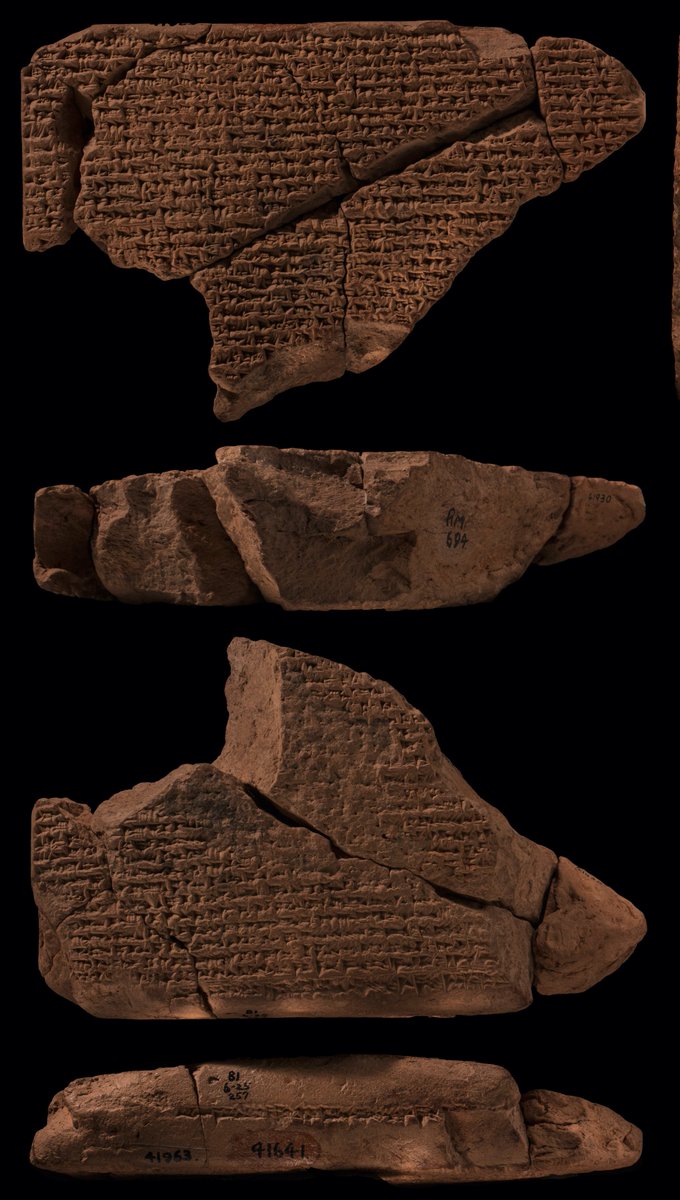
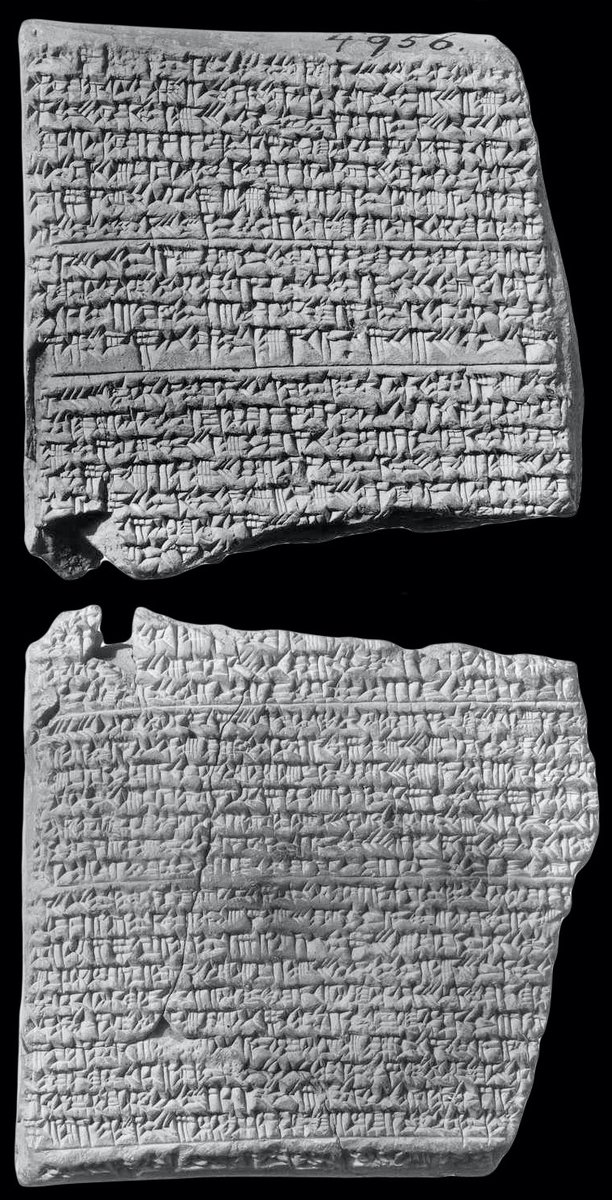

 Work anxiety is nothing new.
Work anxiety is nothing new. 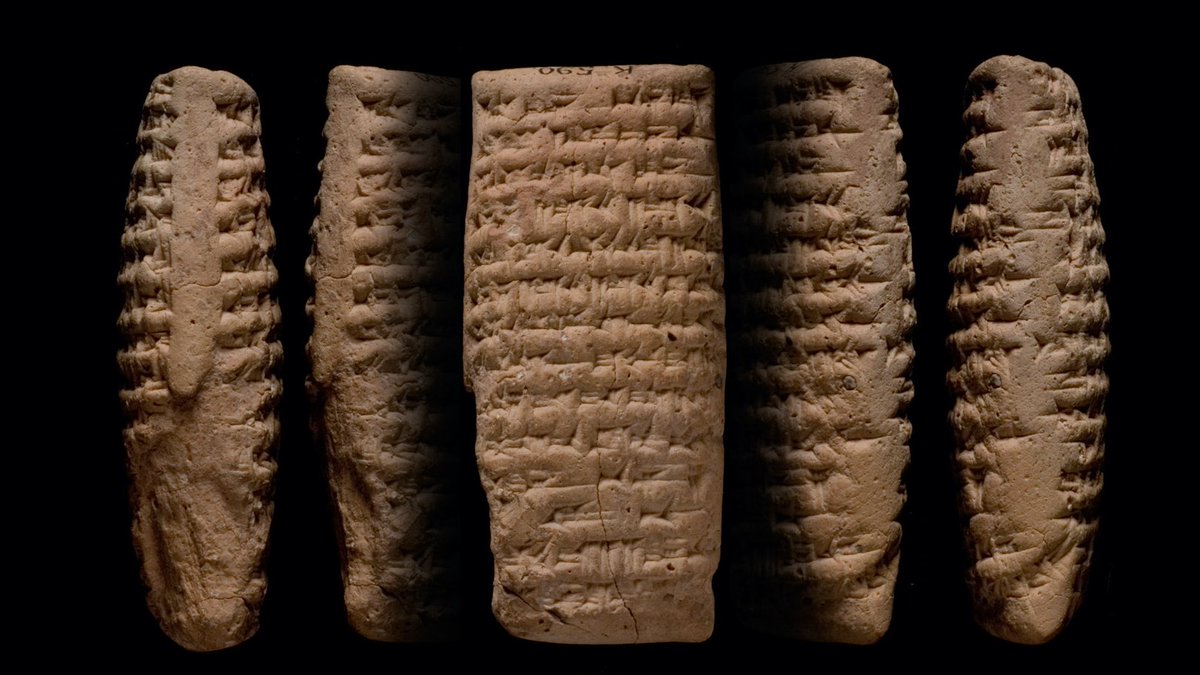
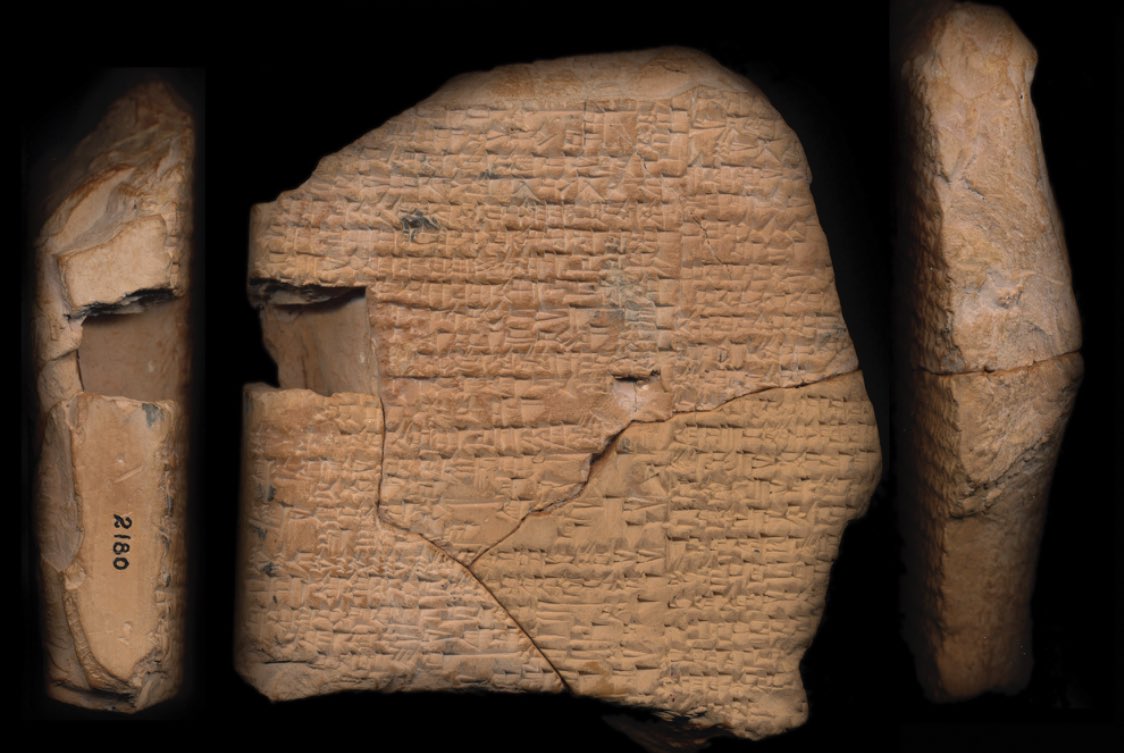
 Ishtar, the later Mesopotamian goddess of love and war, had gender fluid characterstics. Ashurbanipal’s hymn to Ishtar of Nineveh compares her to the god Ashur.
Ishtar, the later Mesopotamian goddess of love and war, had gender fluid characterstics. Ashurbanipal’s hymn to Ishtar of Nineveh compares her to the god Ashur.
